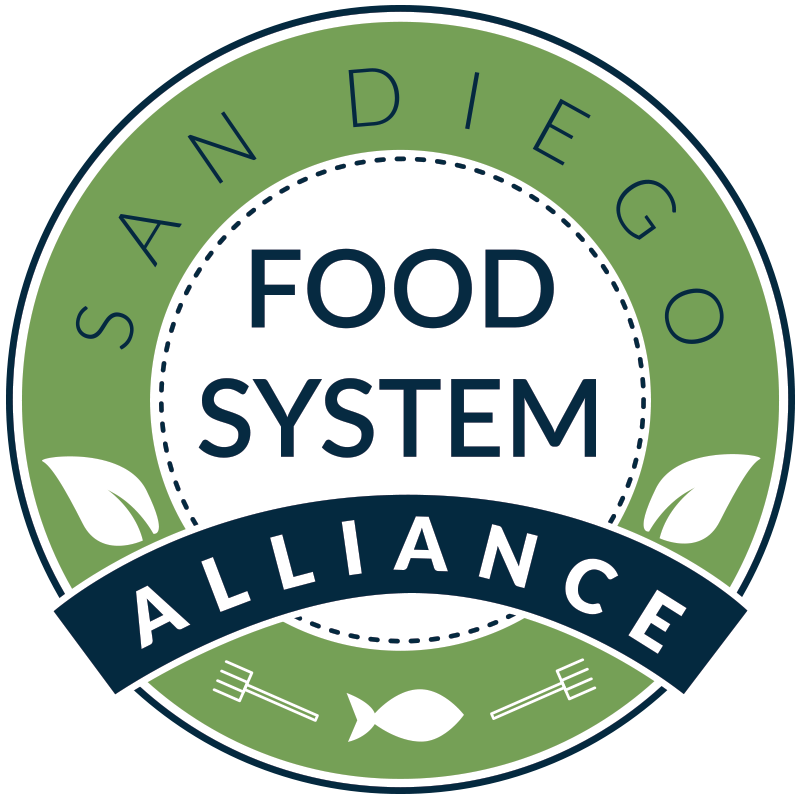County of San Diego Food Recovery Capacity Survey Results
In an effort to assess our region’s capacity to conduct edible food recovery, the San Diego Food System Alliance and County of San Diego developed a 39-question survey, emailed to 780 hunger relief organizations across the San Diego County region.
The Alliance and the County collaborated with jurisdictions, food banks, and food recovery organizations to co-design the survey experience.
Between November 2021 and March 2022, a total of 227 organizations—both those actively involved in food recovery and looking to start food recovery programs—completed the survey. Their responses are summarized in the report below.
What is ‘food recovery’ and why is it important?
Food recovery is the practice of redirecting surplus food that would otherwise go to waste, to hunger relief organizations.
While food is landfilled by the ton each day, thousands of people are simultaneously experiencing food insecurity: 616,000 a year in San Diego County alone, prior to COVID-19, and over 1 million in the County during the pandemic.
Food recovery provides local organizations with additional, and possibly more diverse food resources for feeding people who are food-insecure, while also reducing the severe environmental impacts of food waste.
Food recovery as part of San Diego County Food Vision 2030
Through San Diego County Food Vision 2030, the San Diego Food System Alliance and County of San Diego recognize that reducing food waste is a key strategy for addressing climate change and food insecurity.
While we know food waste is best tackled through prevention, and food insecurity through building sovereignty and eliminating systemic injustices, food recovery is one actionable way to address immediate needs and emergency situations.
With the passing of California Senate Bill 1383, San Diego County has a unique opportunity to dramatically reduce organic waste disposal and increase food recovery in the region.
What do these survey results mean?
These survey results highlight needs similarly identified in San Diego County Food Vision 2030: increasing coordination, increasing limited food recovery infrastructure, streamlining communications and logistics, and increasing financing in order to scale up food recovery efforts across our region.
We’re grateful to the many organizations and individuals who participated in both co-designing and responding to the Edible Food Recovery Capacity Assessment Survey.
